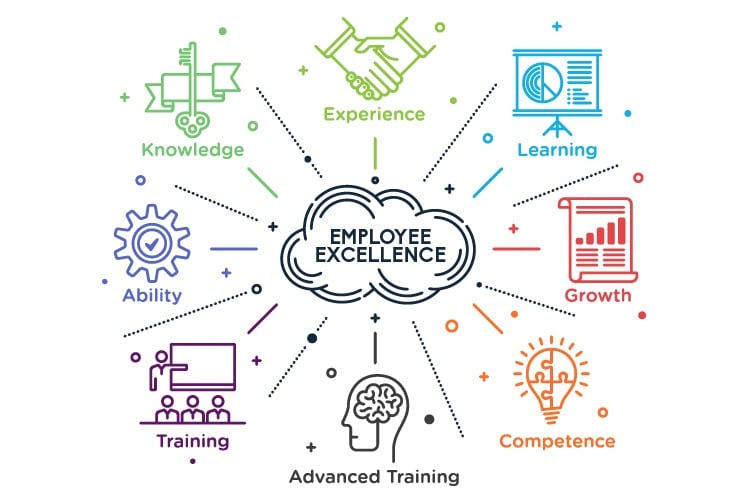According to Gallup, 51% of employees in the U.S. workforce “are not engaged and haven’t been for quite some time.” This alarming statistic is panic-inducing for managers and executives. Nobody wants their employees to be disconnected from what they do. Employee productivity suffers internally while your company gets a bad reputation on the street.
Some people are stuck thinking that employee training is too much like going back to school and assume employees don’t like it for that reason. However, surveys have shown that training is important to highly engaged employees. This makes sense because people equate learning with advancement and skill.
Crowdsource Content
One way how to engage employees is to involve your staff in the process of creating and curating instructional content. If you’re producing tutorials at company headquarters and pushing it out to your staff, you run the risk of being out of touch. Video production cycles are long with the resulting footage often coming across as overproduced and staged. By enlisting your employees in the capture of training video, they become invested in the process, increasing engagement not only with the content but by being mindful of the processes themselves.
Gather Store-Level Materials
Employees can also provide feedback on other store-level training documents as well. Individual locations will often have their own employee-generated version of operational checklists that may have relevance to every store. Gather those lists and work with managerial staff to see what works on a broader scale. Be sure to provide recognition and rewards to stores that produce beneficial process adjustments. Engaged employees report that they feel proper acknowledgement from management, and they also have a sense of functioning as a team, not just a solo/siloed division.*
Ask for Feedback From New Employees
Another training time that people overlook is the onboarding process for new employees. Clearly this is training, but with all the bustle of getting set up, gathering feedback on the process from the new employees themselves tends to be delayed and ends up not being collected at all. This is a mistake, because a fresh set of eyes can clearly see stagnant procedures and operations that established employees often overlook.
There are many ways to engage employees in addition to getting them involved in your training regimen, but the benefits of including them are clear. Your staff will be more attentive and in-tune with daily operations, looking for ways to contribute and stand out, individually and as teams. Start your program today, measuring the improvement in participation and satisfaction to see just how much of a difference engagement makes for your company.






